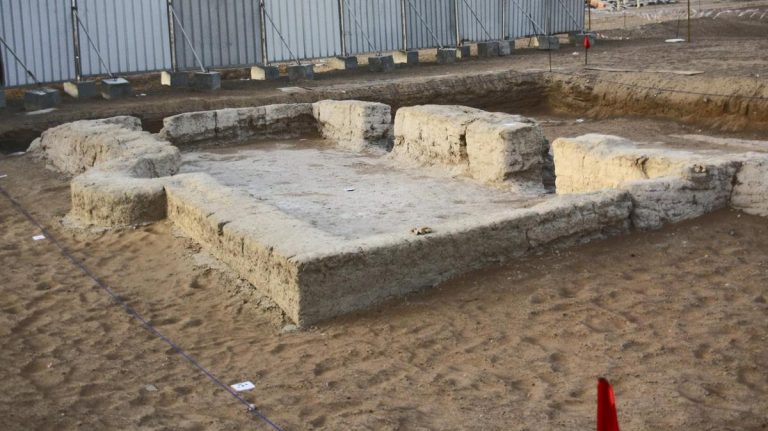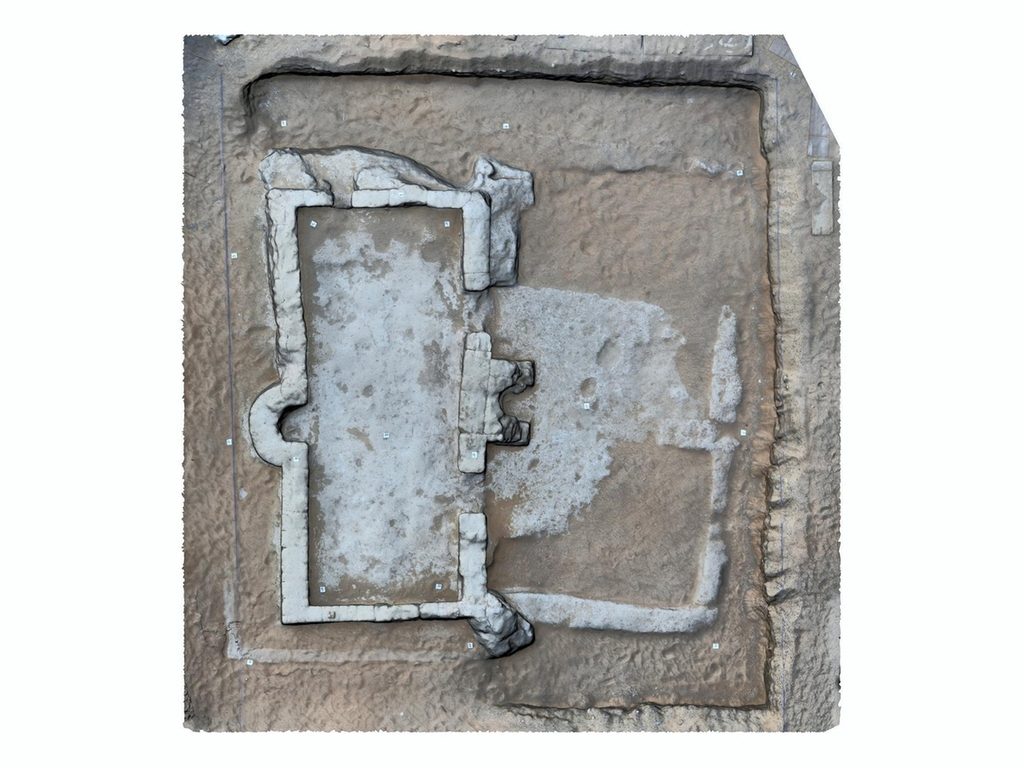The latest archaeological discovery on Marawah Island further sheds light on Abu Dhabi’s interesting but largely undocumented past.
Archaeologists this time unearthed more artefacts including a large number of arrowheads (presumably used for hunting) and a richly painted plaster vessel fragments – representing the earliest known decorative art discovered in the UAE.
Marawah Island of course is just one of the other sites being dug up in Abu Dhabi and across the UAE in an effort for us to know more about the way of life of the country’s early settlers.
Several miles away in Al Ain, archaeological teams assembled by the Department of Culture and Tourism – Abu Dhabi is carrying out similar excavation projects.
One of the most significant finds in the area was unearthed last year – three buildings and more importantly, a mosque.
The latter is said to be the earliest mosque in the UAE, at least to date pending potential future discoveries.
The mosque dated back to Islam’s early golden age of the Abbasid Caliphate, which is 1,000 years ago.
This startling discovery gives a clear glimpse of the country’s Islamic history and culture.
Furthermore, the mudbrick mosque puts Al Ain as a significant player as one of the key hubs of Islamic faith in the region and the world during ancient times.
Some of the artefacts discovered in the prehistoric mosque included fragment of pots likely used for ablution and ritual purposes. Experts also believe that the presence of Islam in the country then helped usher early trade partnerships with neighbouring countries.









One Comment